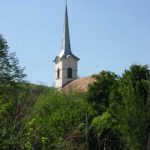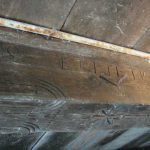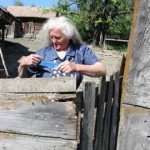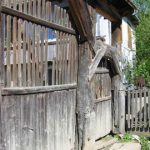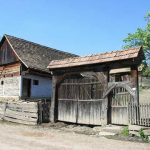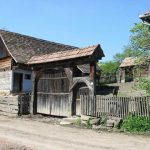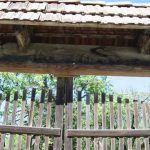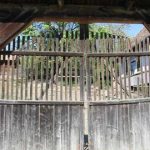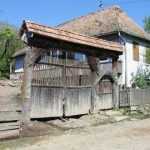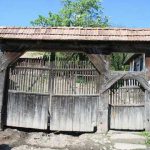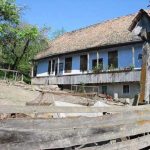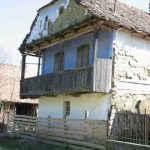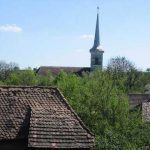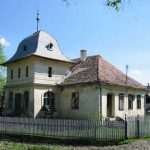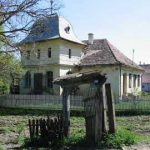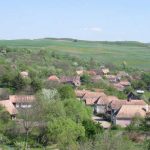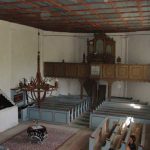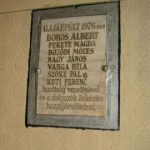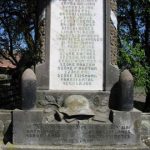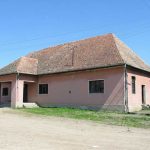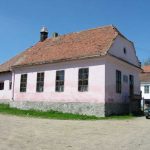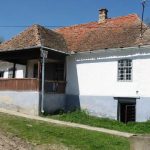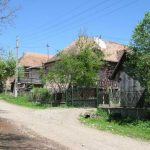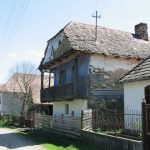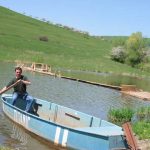- Introduction of the village
It lies in the deep valley of the Alba stream flowing into the Nyiko on the right side of it at a height of 550-500 meters. It can be approached in a difficult manner, it lies west to the county road number 135, about 800 meters to it. South-east from its territory lies the hill Fiasmal, on its south western part we can see hillocks forming rows. East to Fiasmal lies the frustum pyramid like peak called Ebedlomal. People tend to create legends around these sights from nature. According to this the hillocks are squads that turned into stones because the mean lord cursed them. Ebedlomal ( “ebedel” in Hungarian means to take lunch) was the place where the fairies from the neighborhood used to rest and take lunch.
The neighboring villages are: Tarcesti, Medisoru Mare, Simonesti.
- Demographical dates
In the village there are 115 inhabitants. Of them 114 are Hungarians, 1 is Swabian. 102 of the inhabitants are Unitarians, 11 Roman Catholics, 1 Lutheran. ( dates from 2002)
- Touristic sights
The Unitarian church of the village became a monument in 1992. It was built in 1819 – 1823 in the place of a church from the Middle Ages. The old sacred niche was built into the new church, it was made of one single stone. One of the interesting points of the church is the arched chandelier. The bell tower with two bells in it was built in 1895. One of them was made in 183, the other was made in 1928.
- Culture in the village
In 1852 there was founded a church school that functioned until 1899. Because of the fact that the village had become depopulated in 1991 the school was closed. In 1994 it started to function again. Nowadays in the village there is an elementary school, the bigger children go to school to Cobacesti by school bus.
Until 1950 with the leadership of the teachers and the ministers there was a lively cultural life in the village, they had a folk dance group and an acting group. Every winter they performed a folk play. The married organized a ball every winter where they used to take the food in baskets. At these balls there always were different performances. The girl folk dance group was well known. The minister Benczedi Ferenc organized a choir. An important role was played by the David Ferenc Youth Organization, they organized performances every year.
Nowadays the cultural events have become rare because of the depopulation of the village. Living tradition is the yearly organized harvest ball.
- Famous people born in the village
- Halmágyi Sándor writer, publicist
- Pap Mózes teacher, principal
- Gombos Sámuel (1843-1918) minister, teacher
- Dr. Boros György (1855-1941) Unitarian bishop, church writer, writer of studies
- Boros Jeno (1894-1936) teacher, principal
- Derzsi Károly (1849-19o5) Unitarian minister, teacher
- Rugonfalvi Kiss István history writer, university teacher
- Fellowship connections
The Unitarian community has fellowship connection with the community from Ames , the U.S.
- Photogallery

